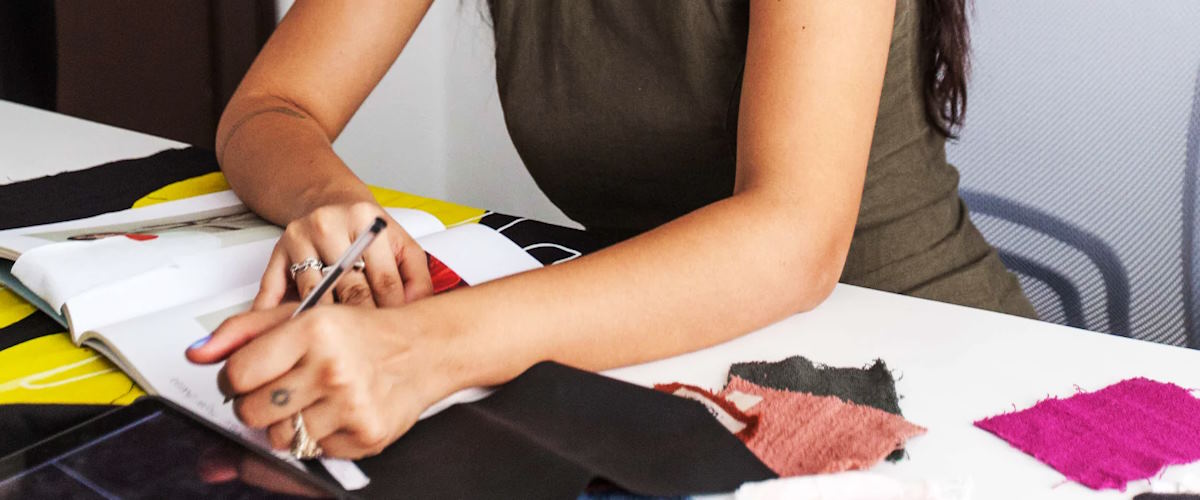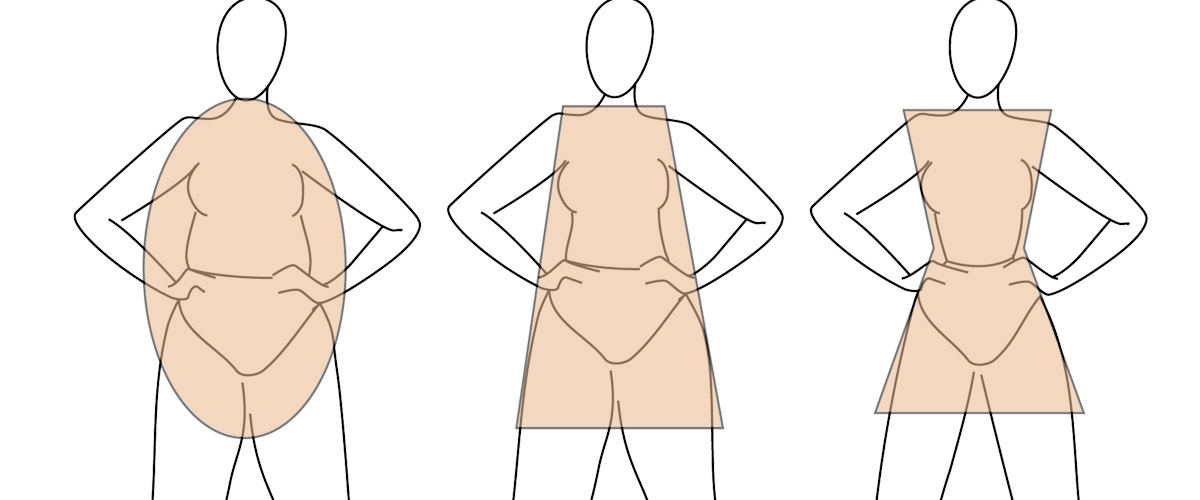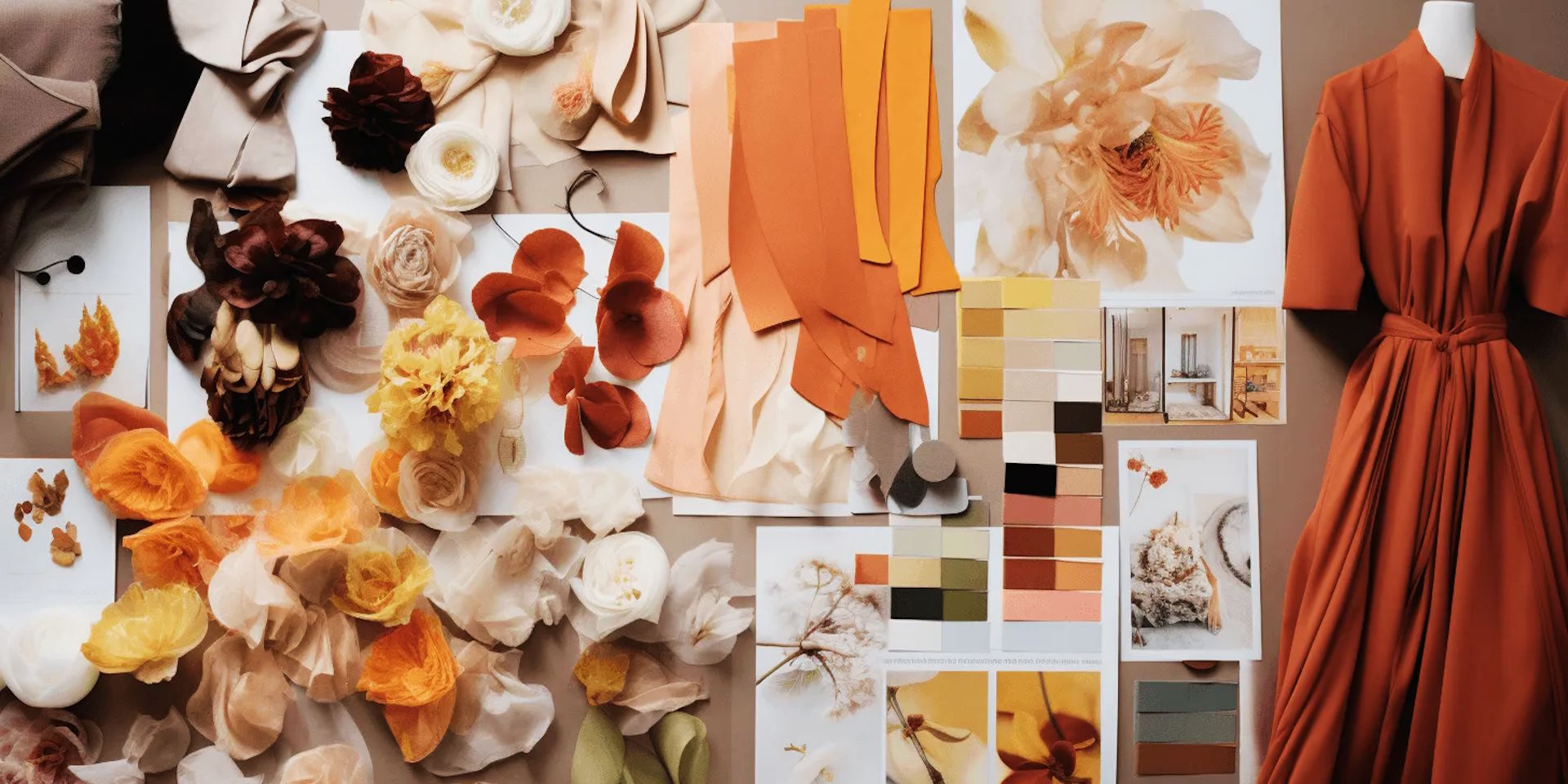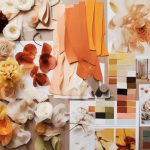Tips for Sketching Your First Fashion Collection
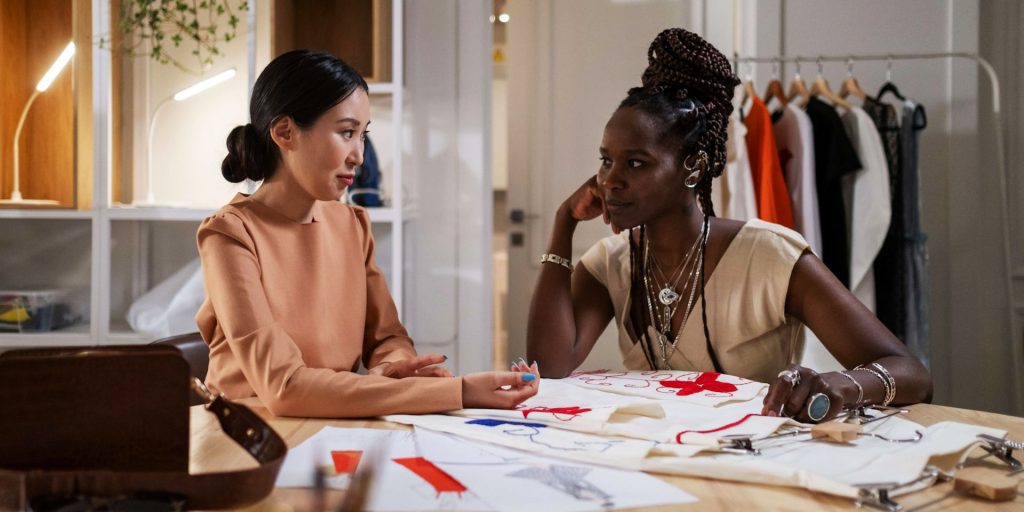
Starting your journey into fashion design can feel a bit like standing at the edge of a vast ocean—exciting but overwhelming! But don’t worry; every great designer has dipped their toes in those same waters. Sketching your first fashion collection is all about finding your flow and expressing your style. It’s like telling a story where the characters are your designs, and you get to decide how they come to life on paper.
Gathering Inspiration
Now that you have a basic understanding of fashion illustration, the next step is gathering inspiration. Think of inspiration as the fuel for your creative engine. Without it, your designs may lack spark!
Sources of Inspiration
Inspiration can come from anywhere. Here are some places to look:
- Nature: The colors, patterns, and textures found in nature can inspire beautiful designs. Consider the shapes of leaves, the colors of flowers, or the patterns on animal skins.
- Art: Visit galleries or browse art online. Artists often capture emotion and color in ways that can inspire your own designs.
- Fashion History: Look back at past fashion trends and styles. History often repeats itself, and you can reinterpret classic looks in a modern way.
- Everyday Life: Observe the people around you. What are they wearing? What styles catch your eye?
Creating a Mood Board
One of the best ways to capture your inspiration is by creating a mood board. This can be a physical board with cut-out images, fabric swatches, and color samples or a digital board using platforms like Pinterest. A mood board helps you visualize your ideas and serves as a guide throughout your sketching process.
Choosing Your Materials
You wouldn’t paint a masterpiece without the right brushes, right? Similarly, having the right materials can make a big difference in your fashion sketching journey.
Essential Tools
Here’s a list of basic materials you might need:
- Sketchbook: A quality sketchbook is essential for practicing and developing your sketches.
- Pencils: Start with a set of good pencils. A range of hardness (2B, 4B, etc.) can help you achieve different effects.
- Markers/Colored Pencils: For adding color to your sketches, choose markers or colored pencils that suit your style.
- Eraser: A good eraser is a must-have for refining your work and correcting mistakes.
Digital vs. Traditional
These days, many designers use digital tools for sketching. Here’s a quick comparison:
| Method | Pros | Cons |
| Traditional | – Tangible materials
– Unique textures and effects |
– Limited to physical tools
– Requires scanning for digital sharing |
| Digital | – Easy to edit and share
– Access to various tools |
– Learning curve with software
– May feel less personal |
Consider your preferences and choose the method that works best for you.
Starting with Basic Shapes
Now that you have your materials, it’s time to sketch! But don’t feel overwhelmed. Starting with basic shapes can simplify the process.
Understanding Proportions
Proportions are crucial in fashion design. Most fashion figures are drawn in a way that exaggerates height and length. Here are some tips for achieving good proportions:
- Head-to-Body Ratio: In fashion illustration, figures are often about 8 heads tall.
- Use Simple Shapes: Start by sketching simple shapes like circles and rectangles to create the body structure before adding details.
Sketching Techniques
Here are a few techniques to help you get started:
- Gesture Drawing: Quickly sketch the figure in motion to capture the essence of the pose.
- Silhouette Drawing: Focus on the outline of the garment to see how it shapes the figure.
- Layering: Start with rough sketches and gradually add details. Don’t be afraid to erase and refine!
Developing Your Unique Style
As you begin sketching, you’ll want to develop your own unique style. This is where your personality shines through!
Finding Your Voice
Finding your voice in fashion design is like finding your favorite song; it takes time but feels rewarding. Here are some ways to discover your style:
- Experiment: Don’t be afraid to try different techniques and styles. Mix and match until something feels right.
- Seek Feedback: Share your sketches with friends or online communities to get constructive feedback.
- Reflect: Take time to think about what you enjoy and what resonates with you. This reflection will guide your style development.
Practice and Consistency
Remember, practice makes perfect. Just like a musician practices their scales, you should regularly sketch to refine your skills. Set aside time each week to draw, even if it’s just a few quick sketches.
Sketching Garments
Now comes the fun part: sketching the garments! This is where your creativity truly comes to life.
Different Types of Garments
When sketching your collection, consider a variety of garments. Here’s a list of common types to include:
- Dresses: Flowy, structured, or casual—what’s your vision?
- Tops: From blouses to t-shirts, think about how they fit and flatter.
- Bottoms: Skirts, pants, and shorts; each can change the vibe of your collection.
- Outerwear: Jackets and coats can add an extra layer of style.
Details and Textures
Don’t forget about the details! Here are some tips for depicting fabrics, textures, and patterns in your sketches:
- Use Lines: Different line styles can suggest texture (e.g., wavy lines for lace, straight lines for denim).
- Color Techniques: Experiment with different coloring techniques to achieve various fabric looks. Blending can create depth!

